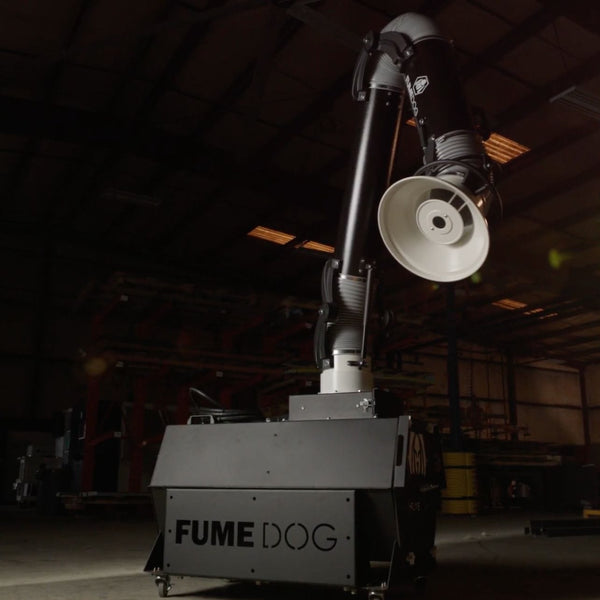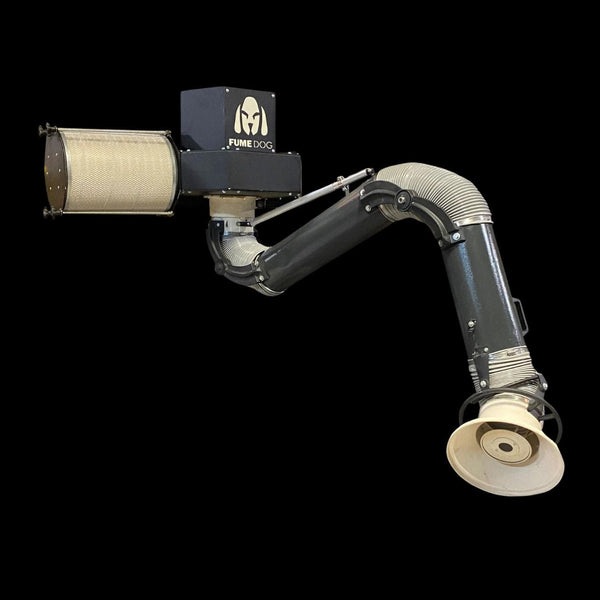
Being a successful welder demands a few different personal aspects, including drive, determination, and a love for working with your hands. It’s not a job for everyone, but it is immensely financially and personally rewarding. Before you jump into the magical world of metal manipulation, check out these ten essential procedures you need to know to weld properly.
Safety Above All Else
There are a few different welding procedures related to technique and equipment that you should be aware of. However, no procedure is more essential than safety. Welding is a dangerous activity full of physical and chemical hazards. Here are three ways to ensure your work and environment is adequate for metal manipulation.
De-Clutter
A clean space is a safe space, and that typically means de-cluttering your immediate surroundings to limit the chance of physical injury or spontaneous combustion. Always keep the surfaces you work on free of tools or other non-necessary objects. Remove any slag and dust before using open flames or cutting equipment. Keep the ground around you clear, which reduces the odds of tripping and falling.
Personal Protective Equipment
Personal protective equipment, or PPE, is always required when working in a welding environment. The most common PPE items for welding include welding helmets with face shields or just the shield, safety glasses or goggles, gloves, proper work boots with steel-reinforce toes, body-covering clothing, and flame-resistant pads. In some instances, a face mask is required to limit fume exposure.
Regular Education
The best way to keep yourself and others protected in the workshop are with consistent training and education. Being informed allows individuals to work autonomously and handle issues as they arise. Understanding different signs of fume exposure or injuries help keep workers vigilant.
Hold refresher meetings every few months and after specific instances. Go over any new regulations and remind individuals of proper procedures. Put up helpful safety guides and information graphics around the workshop to keep safety in the back of everyone’s minds.
Surface and Equipment Cleaning
It’s always recommended that you deep clean your surfaces and equipment before use, especially after many days of heavy use. Depending on the material of your working surface, it can gather rust, dirt, soot, and be subject to other forms of corrosion. These impurities can catch on fire or produce harmful fumes, so always clean your workstation.
Steam cleaning is the best way to ensure safety as it adequately removes contaminants. You can also use blast, chemical, or power brushes for more difficult cleaning jobs. Grinding is a good option for removing slag. Lastly, clean off the metal you weld, as this produces a better weld and limits the chances of accidents.
Proper Ventilation
It wouldn’t be a FumeDog blog post if we didn’t mention proper workshop ventilation. As we’ve covered many times, the presence of toxic fumes puts the well-being of welders at risk every single time they weld.
Always ensure proper natural dilution by opening windows and doors to create cross breezes. Install larger overhead fans to circulate dirty air out of the building. Lastly, implement welding fume extractors for source capture purposes—this is the best way to limit toxic fume exposure.
Now let’s explore seven welding procedures that you may use as a welder.
MIG—Gas Metal Arc Welding (GMAW)
Gas metal welding, or GMAW, is a common welding process that fuses metal with the assistance of an electrical arc. The energy produces causes metal fusion, as the electrodes found in the gas metal arc act as the filler metal consumable. Shielding gas is used to protect the weld pool. This process is also known as metal inert gas or MIG welding.
TIG—Gas Tungsten Arc Welding (GTAW)
Gas tungsten arc welding, or GTAW, is commonly used for welding nonferrous materials like magnesium and aluminum. However, it’s applicable for most metals and projects. This technique uses a non-consumable tungsten electrode to create the weld. Like MIG welding, TIG utilizes shielding gases to protect the weld pool, typically either argon or helium.
Flux-Cored Arc Welding (FCAW)
Flux-cored arc welding, or FCAW, is similar to GMAW. It uses a shielding gas and produces a constant electrode. FCAW is more suitable for contaminated welding materials like rusted or dirty metals. The flux shield also makes FCAW a good option for outdoor welding. Many beginner welders find FCAW is the easiest procedure to learn when first learning.
Stick—Shielded Metal Arc Welding (SMAW)
Shielded metal arc welding is commonly known as stick welding as it is a manual procedure similar to older forms of metal manipulation. Stick welding utilizes alternating or direct currents to form the arc, helping it reach the required heat. Most common applications include iron, steel, and high alloy materials.
Atomic Hydrogen Welding (AHW)
Atomic Hydrogen Welding, or AHW, utilizes tungsten electrodes, similar to GTAW. Two tungsten electrodes are shielded by an atmosphere of hydrogen. AHW is usually used for welding stainless steel and all ferrous and nonferrous metals. The tungsten electrodes help prevent contamination by carbon, nitrogen, and oxygen.
Plasma Arc Welding (PAW)
Plasma arc welding, or PAW, is similar to TIG. A pointed tungsten electrode produces the arc. However, PAW allows you to separate the arc from the shielding gas. That makes PAW most suitable for non-keyhole welds on thin metal materials.
Electronic Beam Welding (EBW)
Last but not least is electronic beam welding, or EBW. Unlike other procedures, EBW generates electrons from an electron gun—these electrons are accelerated to produce the weld. The main appeal of electronic beam welding is its ability to increase the energy levels of the arc without losing control. It’s the best technique for joint welds and couplings with no gaps.
Understanding the ten essential procedures you need to know to weld properly can help you become the best possible welder. Most importantly, it’ll keep you and others safe while in your working environment. To ensure even more comprehensive safety conditions, consider our welding fumes extractor for sale here at Fume Dog. These devices take the stress out of ventilation by automatically filtering out hazardous fumes and toxins.






